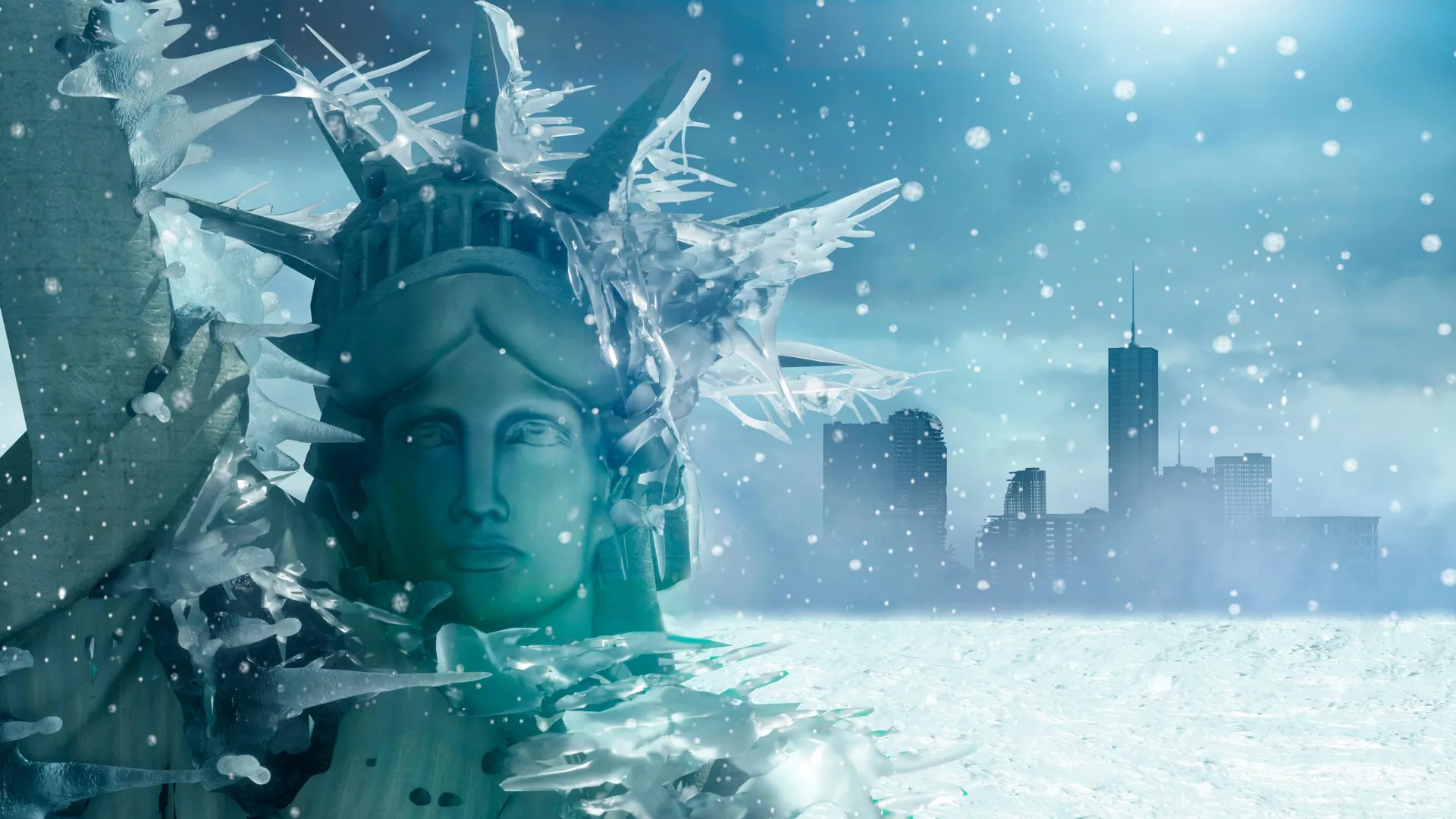Discover the Climate Paradox
Even as global temperatures rise, parts of the U.S. still experience severe cold snaps. A recent study sheds light on this phenomenon. It reveals that high above the Arctic, two distinct polar vortex patterns significantly influence the movement of cold air. One of these patterns pushes frigid air into the Northwest, while the other directs it towards the Central and Eastern regions of the country. This discrepancy highlights a fascinating aspect of climate science.

Since 2015, the westward polar vortex pattern has become increasingly common, leading to intensified cold spells in the Northwest. This trend contradicts the overall warming climate, making it a critical area of study. The research not only enhances our understanding of extreme winter weather but also holds the potential to improve long-range weather forecasts. By analyzing these stratospheric patterns, scientists can better predict when and where the next cold snap will hit, providing valuable information for communities across the country.